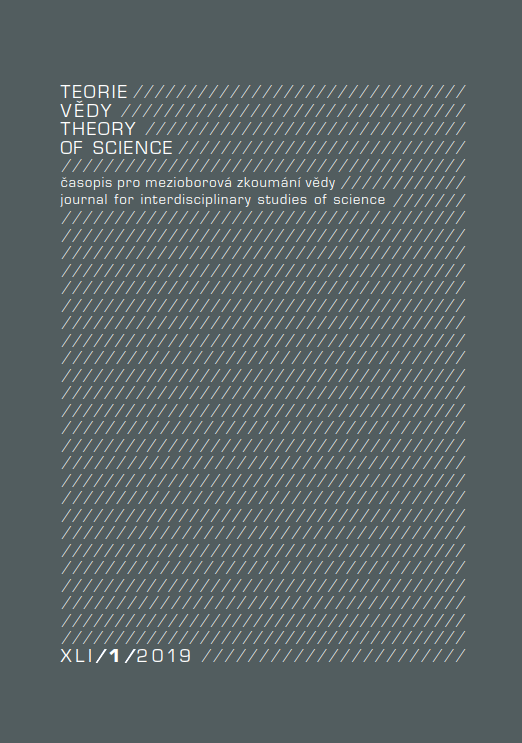Abstract
The article aims to demystify a long-standing legend about Otto Hahn, who, as the Nobel Prize winner for chemistry for the discovery of the fission of heavy nuclei, is widely regarded as an academic figurehead in the world of science. He was considered a symbol of so-called German decency and responsibility; he was a model example of an anti-Nazi scientist who did not collaborate with the criminality of the regime in its warmongery. It was only from the 1990s onwards that historians gained access to new archival materials, which allowed for a comprehensive picture of Hahn’s work in Nazi Germany and his involvement in uranium research during wartime, whose aim was construction of nuclear reactors and bombs.Since 2019, TEORIE VĚDY / THEORY OF SCIENCE journal provides open access to its content under the Creative Commons Attribution 4.0 International License (CC BY 4.0).
Authors who publish in this journal agree that:
- Authors retain copyright and publication rights without restrictions and guarantee the journal the right of first publishing. All published articles are licensed under the Creative Commons Attribution license, which allows others to share this work under condition that its author and first publishing in this journal was acknowledged.
- Authors may enter into other agreements for non-exclusive dissemination of work in the version in which it was published in the journal (for example, publishing it in a book), but they have to acknowledge its first publication in this journal.
- Authors are allowed and encouraged to make their work available online (for example, on their personal websites, social media accounts, and institutional repositories) as such a practice may lead to productive exchanges of views as well as earlier and higher citations of published work.
There are no author fees, no article processing charges, or submission charges.
The journal allows readers to read, download, copy, distribute, print, search, or link to the full texts of its articles and allows readers to use them for any other lawful purpose.
A summary of the open access policy is also available in the Sherpa Romeo database.
Downloads
Download data is not yet available.


